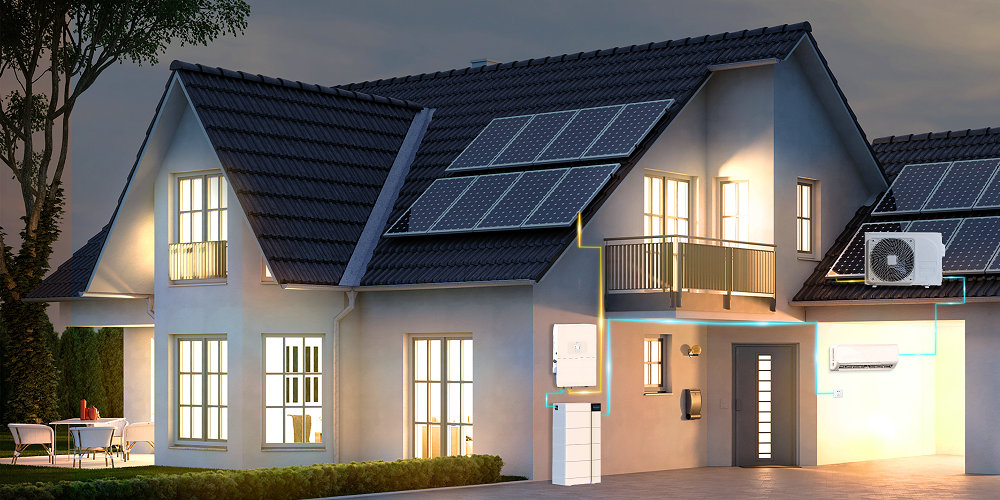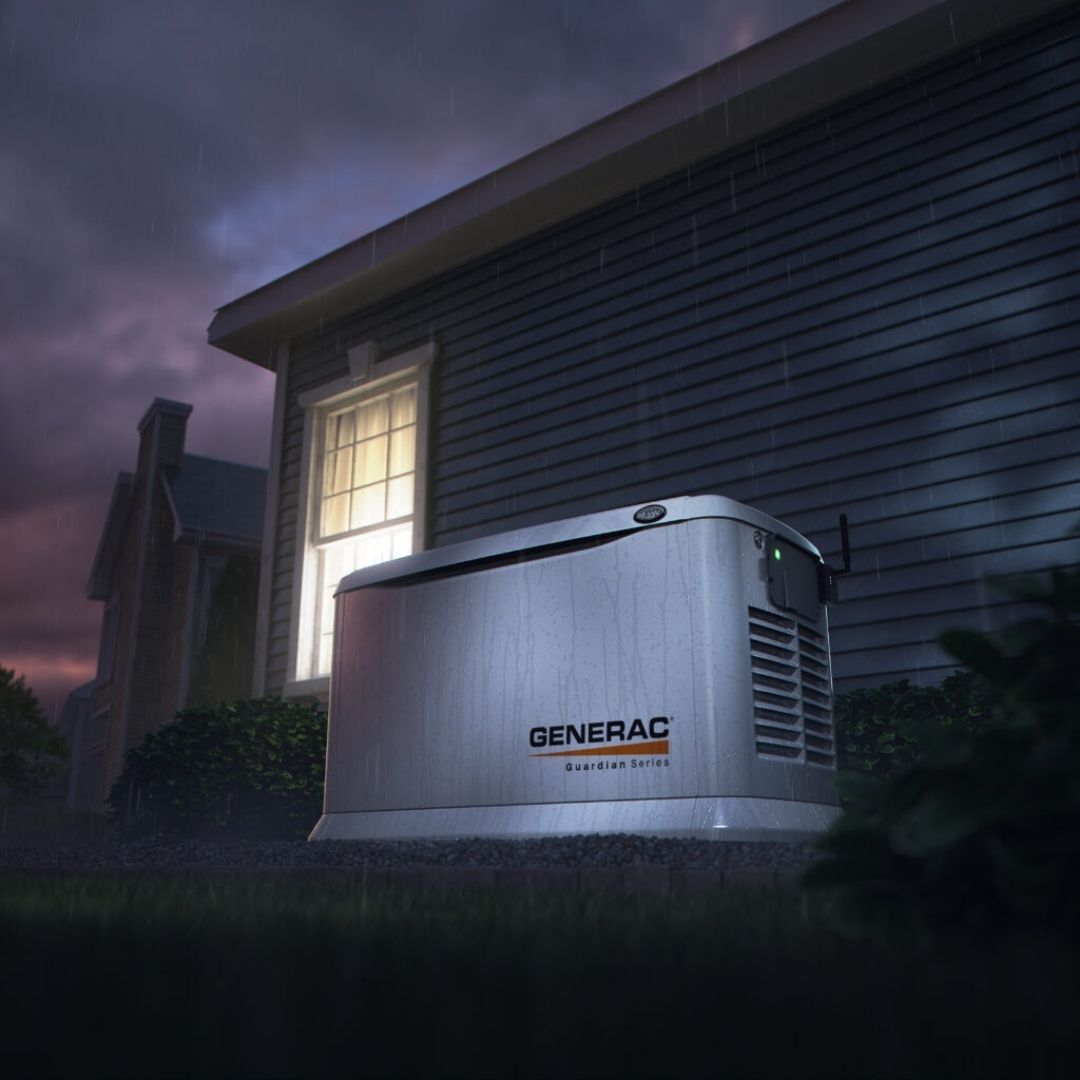Should I consider Solar Power for my home in Ontario?
As concerns about climate change continue to grow, many homeowners in Ontario are considering switching to solar power to reduce their carbon footprint and save money on their energy bills. But is solar power a viable option for homes in Ontario? In this blog post, we’ll explore the pros and cons of solar power for homes in Ontario to help you decide if it’s the right choice for you.
Pros of Solar Power for Homes in Ontario:
- Reduced Energy Bills: By using solar panels to generate electricity, homeowners can reduce their reliance on the grid and save money on their energy bills.
- Government Incentives: The Ontario government offers incentives and rebates to homeowners who install solar panels, making the initial investment more affordable.
- Environmental Benefits: Solar power is a clean, renewable source of energy that produces no greenhouse gas emissions, helping to reduce our impact on the environment.
- Increased Home Value: Homes with solar panels installed typically have a higher resale value than those without, making it a smart investment in the long term.
Cons of Solar Power for Homes in Ontario:
- Weather Dependence: Solar panels rely on sunlight to generate electricity, so they are less effective on cloudy or rainy days, which are common in Ontario.
- High Upfront Costs: While government incentives can help offset the cost of installation, solar panels still require a significant upfront investment, which may not be feasible for all homeowners.
- Maintenance Costs: While solar panels require little maintenance, they do require occasional cleaning and inspections to ensure they are functioning properly.
- Limited Space: Depending on the size of your home and property, you may not have enough space to install enough solar panels to meet your energy needs.
How much would a Solar System cost me?
The total size of your required system will be affected by a few variables
- How much of your power usage would you like to replace? We suggest options from 50%, 75% and 100%
- What size of system can your existing electrical panel handle? The panel “buss” rating affects what size of solar system we can legally install
- Available space for solar panels. Whether we are considering a roof mounted application or ground mounted. We will require a certain size of footprint with adequate solar radiance to make this possible
- Budget and available grants and loans from federal or provincial government.
Cost Example for an average Ontario household
Lets do some math!
Average Ontario household yearly kwh consumption = 9500Kwh
For this example we will assume we want to replace 75% of our usage
9500kwh x 75% = 7125kwh
Average PV potential in Ottawa is 1000w/m2. Let’s assume a 90% site efficiency to account for some shading (actual efficiency for a site will be measured individually with a site feasibility study, typically accomplished with software nowadays)
7125kwh / (1000w/m2 x 90% efficiency) = 7.91kw system
Average Cost per watt in Ontario ranges from 2.5$/w to 3.5$/watt
This 7.91kw system would cost anywhere from $19,775 – 27,685 + tx
What variables affect the price per watt?
Variables could be roof slope, accessibility, brand of solar panel, type and size of inverter, if the existing electrical panel requires an upgrade.
In conclusion, solar power is a viable option for homes in Ontario, but it’s important to weigh the pros and cons before making a decision. While the initial investment can be high, the long-term savings and environmental benefits make it a smart choice for many homeowners. However, if you live in an area with limited sunlight or don’t have enough space for solar panels, it may not be the best option for you. Consult with a solar panel installation company to determine if solar power is right for your home and to get an estimate of the costs and potential savings.
Recent Posts

Can I get paid to have Solar Panels in Ottawa?

How much do Electricians cost in Ottawa?

Harnessing Solar Power in Ottawa: A Comprehensive Guide to Solar Panels for Homeowners

Generac Generators: Powering Peace of Mind in Ottawa
